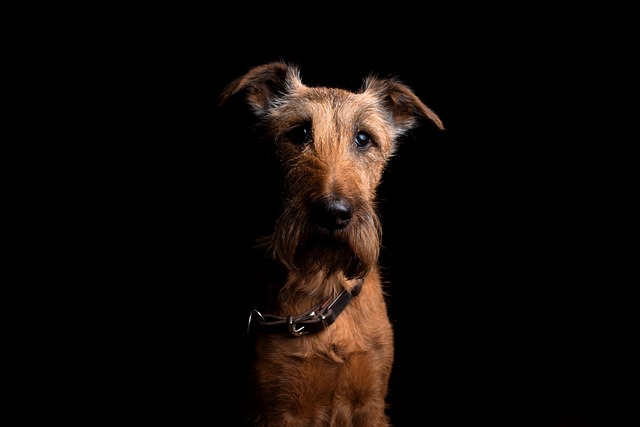
How to tell if a dog is retaining fluid?
When we stroke the soft fur of dogs, watch them wag their tails happily, and enjoy the warm time together, our hearts are always filled with happiness.
When we eagerly prepare to embark on a journey, we find that the dog is trembling, vomiting uncontrollably, and even struggling frantically in the car due to fear. The pain and helplessness are indescribable. Travel anxiety is not about dogs being timid, but rather their instinctive response to unfamiliar environments. What we need to do is not to force them to be brave, but to use professional knowledge and warm care to create a mobile safe harbor for them.
Dogs' anxiety stems from their fear of the unknown. Their sense of smell can capture hundreds of unfamiliar odors, and their hearing can sense low-frequency sound waves from engine vibrations, which can cause their adrenaline levels to soar four times higher than usual. Research by American animal behaviorists shows that travel anxiety in dogs is often related to early experiences, with a 78% incidence of anxiety in adulthood for dogs who have not been exposed to cars during their puppy years.
Early adaptation is the key to alleviating anxiety. Starting from the puppy stage, take them for "car desensitization training". First, let the dog play in a stationary car and reward it with snacks; Then gradually increase the driving time, starting from 5 minutes and gradually extending to 1 hour. I once developed a training plan for a Labrador Retriever suffering from severe travel anxiety, taking it on a 10 minute "pretend trip" in the garage every day. After three months, it was able to ride quietly to the park.
The aviation box is the "mobile safe house" for dogs. Choose a hard aviation box that meets the airline's standards, place an old T-shirt with the owner's scent inside the box, and place a chew toy. Behavioral scientists' experiments have shown that dogs using air suitcases have a 56% reduction in travel anxiety incidence. I once witnessed a VIP dog, who was afraid of taking a car, quietly spending 5 hours on a long journey in an exclusive airline box.
Drug intervention should be used with caution. For dogs with severe anxiety, veterinarians may prescribe sedatives (such as benzodiazepines), but they must be taken strictly according to the dosage. I once treated a Border Collie with respiratory depression caused by excessive use of sedatives, and it was rescued after emergency treatment. In contrast, natural therapies are safer, such as pheromone diffusers (simulating female dog soothing pheromones) and CBD oil (pet specific products should be selected). I once used a pheromone collar to help a rescue dog overcome its fear of riding.
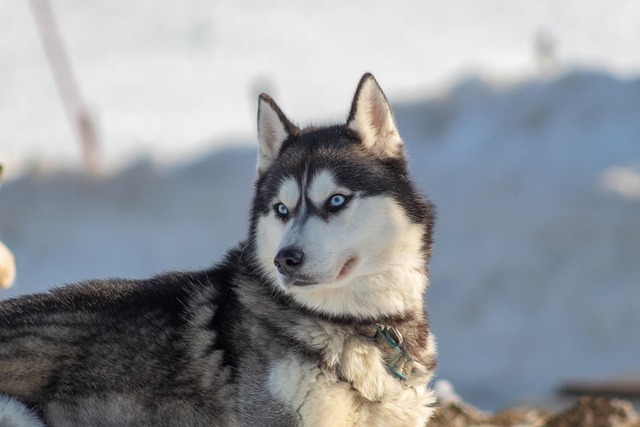
The details of travel determine success or failure. Fasting 4 hours before departure to avoid motion sickness and vomiting; Park every 2 hours for the dog to defecate; Maintain a temperature of around 22 ℃ inside the car to avoid overheating or overcooling. I once prepared a "travel first aid kit" for a car sick dog, which included pet wipes, antiemetic drugs, and electrolyte water to ensure timely handling of any unexpected situations during the journey.
Comfort upon arrival at the destination is equally important. Place the dog in a quiet room and provide familiar bedding and toys; Wipe the soles of your feet with warm water to relieve tension; Provide comfort by massaging the earlobes and lightly tapping the back. I once conducted a "gradual environmental adaptation" for a Tibetan Mastiff that had undergone long-distance transportation, opening only one new room every day. After a week, it was able to freely explore its entire new home.
When we see a dog go from cowering in an airplane trunk shivering to wagging its tail and walking towards the car door, the joy and emotion are indescribable. Every patient training and meticulous preparation is weaving a safe protective net for the dog. This effort not only allows dogs to enjoy the pleasure of traveling, but also deepens our trust and dependence with them. After all, true love is the willingness to find solutions for every fear they have, making every trip a safe adventure. May all dogs feel the beauty of the world during their travels, because with us, wherever is home.

When we stroke the soft fur of dogs, watch them wag their tails happily, and enjoy the warm time together, our hearts are always filled with happiness.
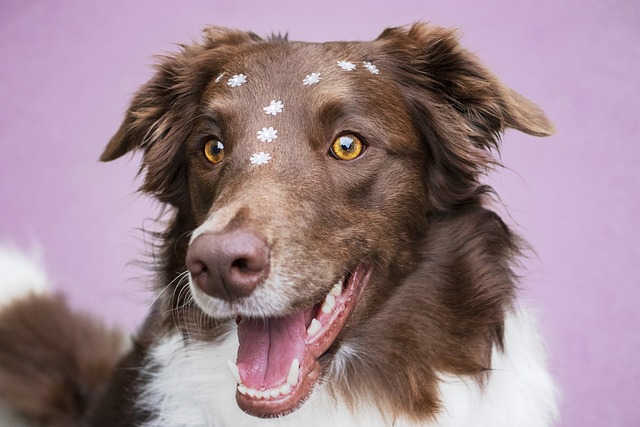
When we see the dog squatting in the corner, straining hard but having difficulty defecating smoothly, and its originally lively eyes full of discomfort and helplessness,
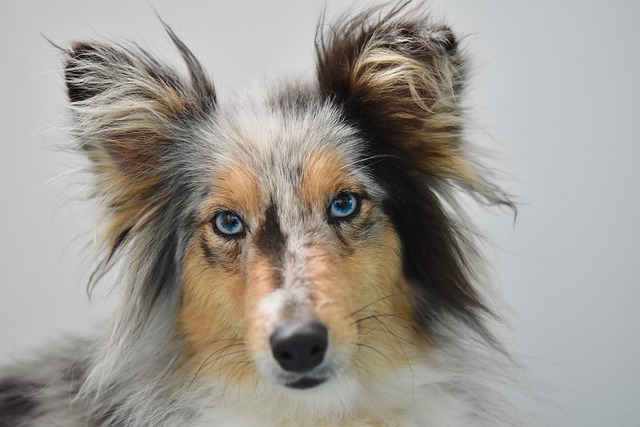
When we lovingly place delicious wet food in front of the dog and watch it feast and enjoy the happiness brought by the food, our hearts are filled with comfort.
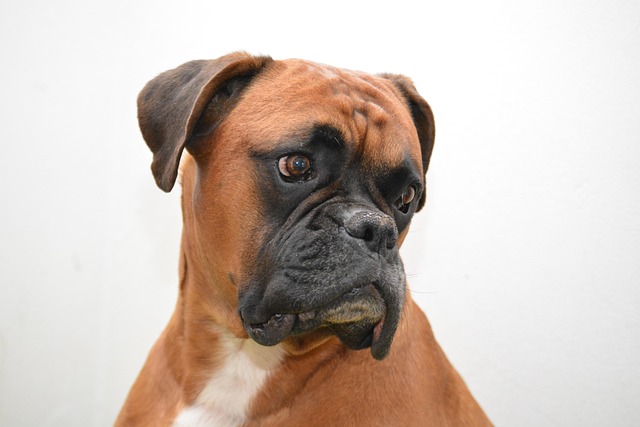
When we see our dogs wagging their tails lively, we are filled with joy and warmth. However, behind the health of dogs, there are various disease threats, among which fungal diseases are one of them that cannot be ignored.
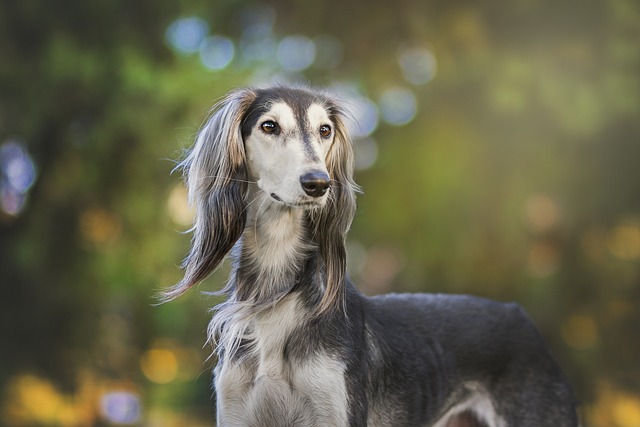
When the owner finds that the abdomen of the dog that is usually lively and active gradually bulges, moves slowly as if holding a water bag, and even begins to have symptoms of shortness of breath and loss of appetite,
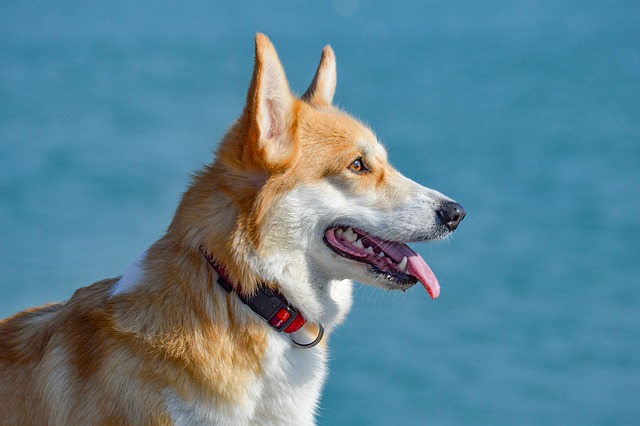
When we take our dog to get vaccinated, we think we've built a solid defense line for its health. But soon after, it shows symptoms of diarrhea and vomiting,